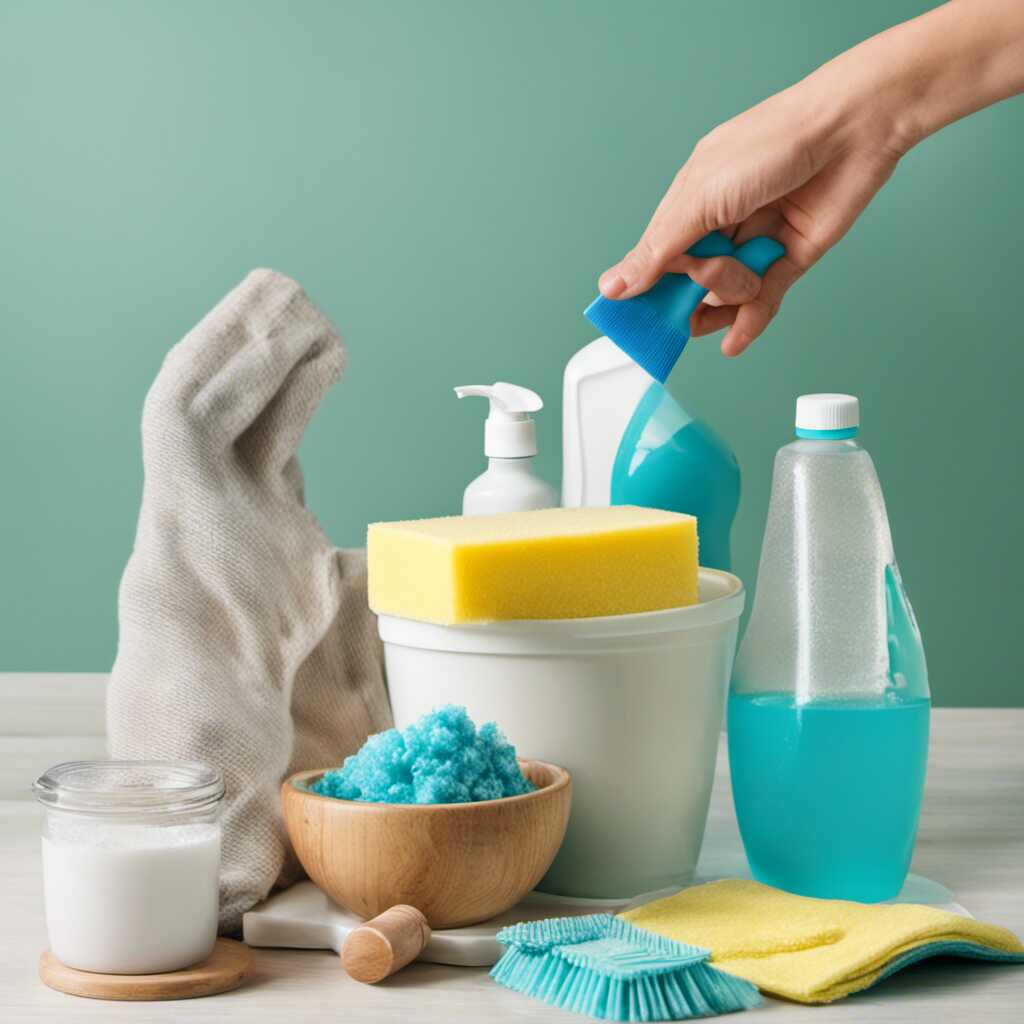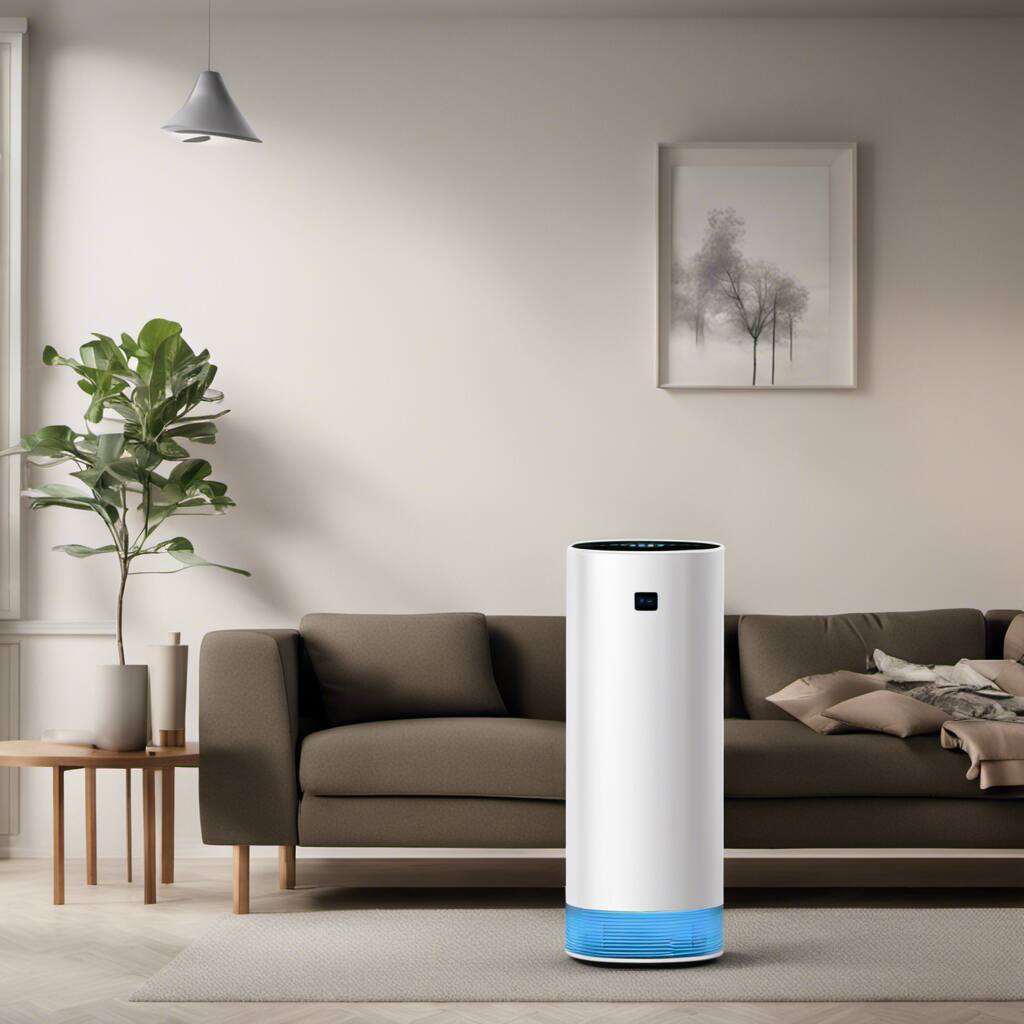
Marble, with its timeless elegance and natural beauty, graces homes with an aura of sophistication. Yet, to preserve its luster and ensure longevity, diligent care and maintenance are paramount. In this comprehensive guide, we delve into the art of cleaning and caring for your marble surfaces. From understanding the unique characteristics of marble to practical cleaning techniques and preventive measures, let’s embark on a journey to unveil the secrets of marble care.
Marble, a metamorphic rock, is composed of recrystallized carbonate minerals, primarily calcite or dolomite. Its porous nature makes it susceptible to stains and etching from acidic substances. Understanding these inherent traits is the first step in effective marble care. Marble comes in various types and colors, each with its unique characteristics. Calacatta, Carrara, and Statuario are popular choices. Identify the type of marble in your home to tailor your cleaning and care routine accordingly.
Marble surfaces should be sealed to minimize absorption and enhance resistance to stains. Choose a high-quality, penetrating sealer suitable for your specific marble type. Regularly check the sealant’s effectiveness and reapply as needed. Marble’s vulnerability to acids, found in common household items like citrus fruits and vinegar, requires cautious use and prompt cleaning. Acidic substances can cause etching, dulling the polished surface. Establish daily habits to prevent potential damage. Use coasters under glasses, placemats under dishes, and avoid placing hot items directly on marble surfaces. Wipe up spills immediately to prevent staining.
See also our related post on How to Clean and Disinfect High-Touch Surfaces in Public Spaces which you will not want to miss.
Routine Cleaning Techniques
Gentle Dusting
Begin your routine with gentle dusting using a soft, microfiber cloth. This simple step removes loose dirt and debris, preventing scratching during subsequent cleaning.
pH-Balanced Cleaning Solution
Create a pH-balanced cleaning solution by mixing warm water with a few drops of mild, neutral pH dish soap. This gentle concoction is effective for regular cleaning without causing harm to your marble.
Damp Cleaning
Dampen a soft cloth or sponge in your cleaning solution and wipe down the marble surface. Ensure the cloth is not overly wet to prevent excess moisture from seeping into the porous stone.
Stubborn Stains
For stubborn stains, create a poultice by combining baking soda and water into a paste. Apply the paste to the stain, cover with plastic wrap, and let it sit overnight. Gently wipe away the paste the next day, and the stain should be significantly reduced.
Avoiding Abrasive Cleaners
Steer clear of abrasive cleaners, acidic substances, or products containing vinegar, lemon, or ammonia. These can damage the marble’s surface and erode the protective sealant.
See also our post on How to Clean and Maintain Your Porcelain Tile Flooring
Deep Cleaning and Stain Removal
Removing Water Stains
Water stains can occur on marble surfaces. To remove them, gently rub the affected area with a soft, damp cloth and a small amount of baking soda. Rinse and dry thoroughly.
Dealing with Etching
If your marble exhibits signs of etching, caused by acidic substances, a marble polishing powder can be used. Follow the manufacturer’s instructions carefully to restore the polished finish.
Oil-Based Stains
For oil-based stains like grease or cooking oil, mix baking soda and acetone into a paste. Apply the paste to the stain, cover with plastic wrap, and leave overnight. Wipe away the paste and clean the area as usual.
Ink Stains
To tackle ink stains on marble, mix acetone with baking soda to form a paste. Apply the paste to the stain, cover it, and let it sit overnight. Gently wipe away the paste the next day, and repeat if necessary.
Professional Polishing
For a professional touch, consider hiring a marble restoration professional for periodic polishing. Professional polishing helps maintain the marble’s original luster and addresses more severe imperfections.
Additional Maintenance Tips
Re-Sealing
Regularly check the effectiveness of your marble sealer. Perform a water droplet test – if water no longer beads on the surface, it’s time to re-seal. Reapply the sealer following the manufacturer’s guidelines.
Protecting High-Traffic Areas
Place rugs or runners in high-traffic areas to minimize wear and tear. This simple measure helps protect your marble floors from scratches and maintains their pristine appearance.
Preventing Scratches
Prevent scratches by using furniture pads under heavy objects and ensuring that shoes are free of debris before walking on marble floors. Small preventive steps go a long way in preserving your marble surfaces.
Controlled Environment
Maintain a controlled environment by monitoring humidity levels. Marble can be sensitive to high humidity, potentially leading to discoloration or mold growth. Use a dehumidifier if needed.
Regular Inspections
Conduct regular inspections of your marble surfaces. Look for any signs of damage, wear, or changes in appearance. Promptly address any issues to prevent them from escalating into more significant problems.
See also our post on Removing Water-Damaged Flooring: A Comprehensive Guide you will not want to miss.
Tips for Specific Marble Surfaces
Marble Countertops
For marble countertops, use cutting boards to avoid direct contact with knives. Clean spills promptly and avoid placing hot cookware directly on the surface to prevent potential damage.
Marble Floors
When cleaning marble floors, use a soft dust mop regularly to prevent dirt and debris from scratching the surface. Clean spills immediately, and consider placing rugs in entryways to trap dirt.
Marble Bathrooms
In marble bathrooms, regularly clean and dry surfaces to prevent soap scum and mineral deposits. Use a squeegee on shower walls and doors to minimize water spots.
Outdoor Marble
Outdoor marble surfaces require additional care. Use a soft brush or broom to remove debris regularly. Avoid harsh weathering by applying a penetrating sealer designed for outdoor use.
Marble Furniture
For marble furniture, use coasters under glasses and avoid placing hot items directly on the surface. Regularly dust and clean to maintain the furniture’s timeless beauty.
Here is our post on How to Clean and Maintain Your Ceramic Tile Flooring which will make your cleaning task hassle free.
Conclusion
Finally, the classic appeal of marble surfaces justifies the work involved in routine cleaning and care. You can preserve your marble surfaces as a gorgeous focal point in your house by learning about their special qualities, applying regular cleaning methods, removing certain stains, and incorporating extra maintenance advice. Preventive measures combined with quick fixes will guarantee that your marble will always be charming and elegant, serving as a testament to the beauty of careful maintenance.







